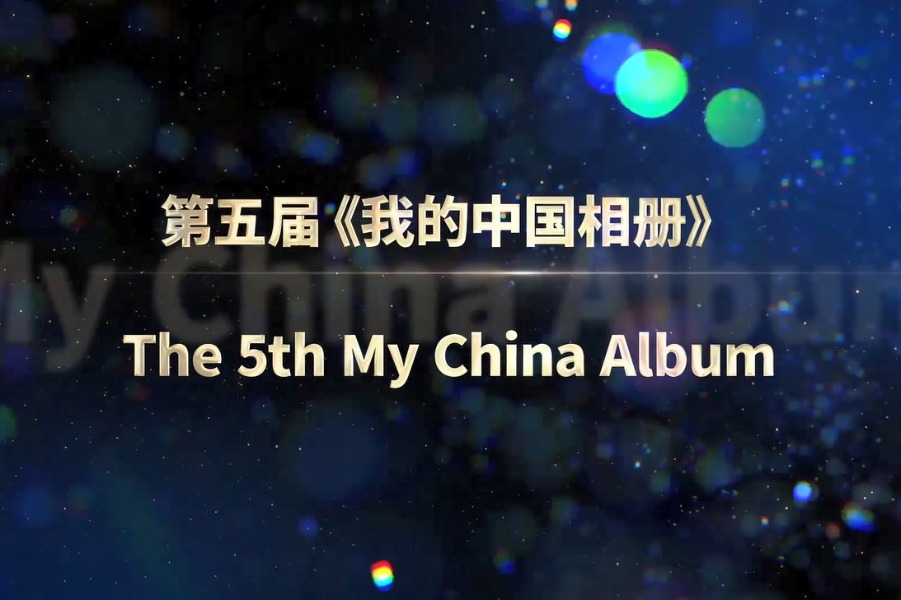Four kinds of alternative proteins have potential
By ZHAO YIMENG | CHINA DAILY | Updated: 2022-06-03 13:05

It is estimated that by 2050, the global population will reach 9 billion and the demand for food protein is to hit 265 million metric tons.
The market for alternative proteins is set to be worth at least $290 billion by 2035, according to a report released by Boston Consulting Group in March.
Consumers have increasing demands for plant, microorganism and animal-cell-based alternatives, with markets respectively accounting for 69 percent, 22 percent and 9 percent, the report said.
The market for alternative meat, eggs, dairy and seafood products will grow from the current 13 million tons a year to 97 million tons by 2035, it added.
So far, four kinds of alternative proteins have the potential to meet demand in the future.
Microbial protein is a cytoplasmic mass composed of a mixture of proteins, fats, carbohydrates and vitamins by artificially cultivating microbial cells from industrial, agricultural and petroleum waste, according to China Food News.
The alternative is recognized globally because microorganisms grow and reproduce fast, and agricultural wastes can be used as raw materials for production. But it is not accepted by mainstream groups at present.
Insect protein is extracted from insects at various growth stages. It has a large amount of sources, which reproduce rapidly and contains high protein, low fat, and less meat fiber. It is also easy to absorb by the human body.
Consumer interest in edible insects has been rising locally in recent years. However, the mainstream population has a low preference of insects for food and the large-scale production technology is not yet mature.
Cell protein is cultivated from animal stem cells with tissue culture technology. The muscle tissue formed during cultivation is similar to animal muscle and has the same protein characteristics.
But the financial cost of cell-based meat is high and scientists are facing technical barriers. As a result, it has not been widely introduced to the market. Singapore became the first country to give market approval for cell-based meat in 2020.
Since China launched a national research and development project of cell-based meat this year, the country will accelerate theoretical exploration for this alternative protein.
Plant protein has the largest proportion in the market of alternative proteins. It is easily digested and absorbed by the human body, and has a variety of nutritious functions.
It is derived from beans, cereals, potatoes and nuts, among which soybean contains 40 percent of protein. Plant proteins are now in widespread use because of their low cost, safety, easy digestion, and have little adverse effects on animals and the environment.
























